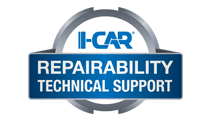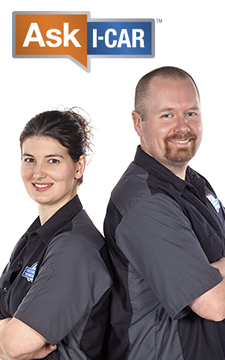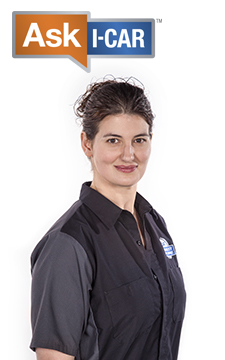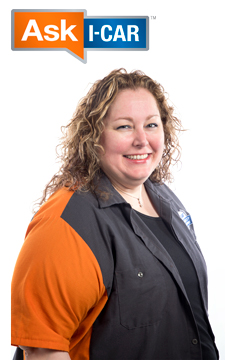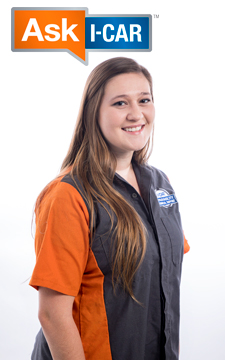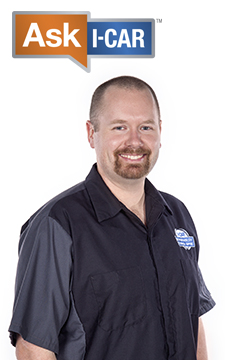Ask I-CAR
Request
What does I-CAR say about methods of removing overspray?
Response
Per I-CAR curriculum: "Sometimes, when a vehicle is refinished, a small amount of paint will find its way under, or even through, the masked area, resulting in overspray on adjacent surfaces. Clay is commonly used to remove overspray. It can also be used to remove industrial fallout or rail dust because the defect is just on the surface of the finish.
Clay is a nonaggressive material that is specially formulated for defect removal. Clay works on any hard surface. However, it won’t work on soft, porous trim or moldings, especially if contaminants have penetrated the surface. Clay can reach areas where buffing or sanding may not or where solvents may be damaging.
Besides clay, there are other methods for removing overspray. One method is to use plastic razor blades when scraping glass. Metal razors can easily scratch the glass, so plastic is a safer choice. Another technique is to apply a solvent to a rag and wipe the overspray.
Additional methods for dried overspray removal include using a sponge buffing pad with polish or a microfiber towel with a fine buffing compound.
Sanding, followed by buffing, should only be performed in extreme cases.
Do not use steel wool. Steel wool is too aggressive and leaves metal fibers in crevices that will corrode."
